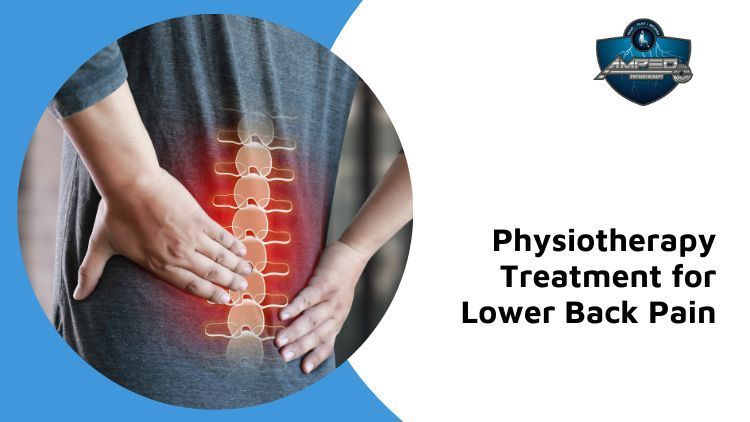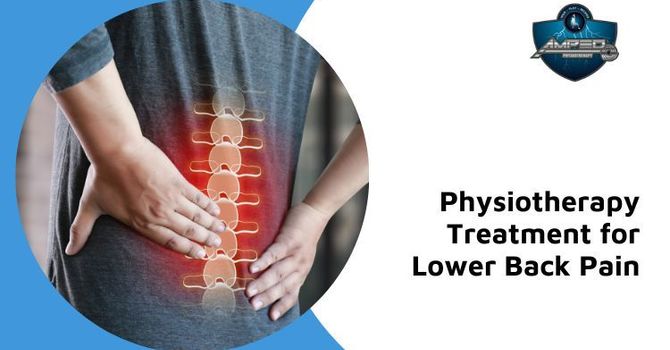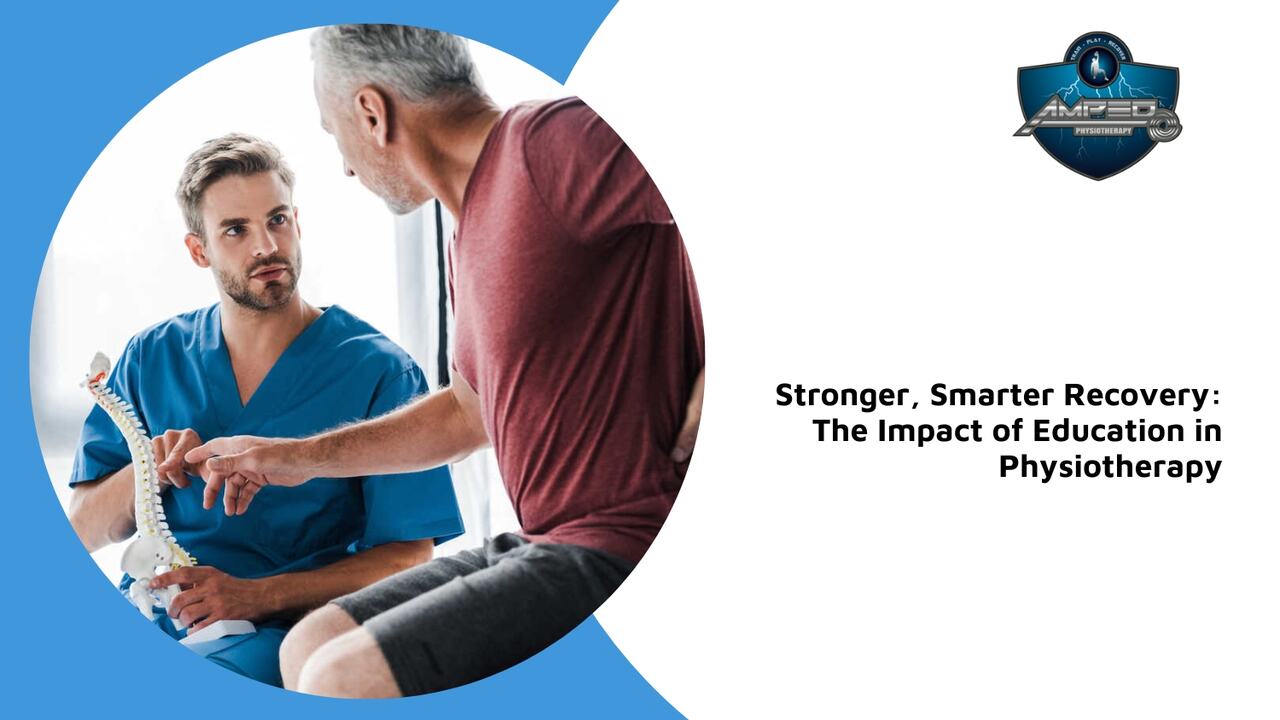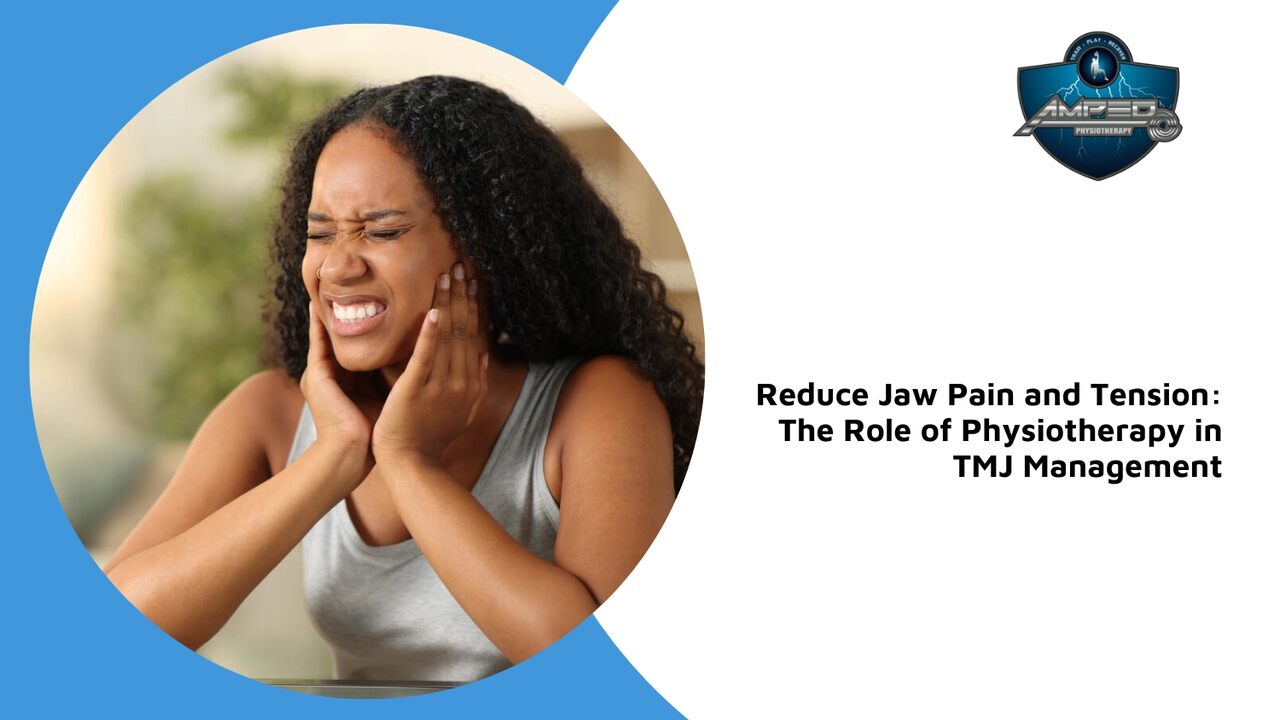
Almost everybody experiences lower back pain eventually in their lives. Even if you’re not an individual who settles in front of a desk all day, the pressure from lifting heavy objects or lugging them for extended periods of time, extended reaching or stretching, playing sports, running or any number of other activities can cause pain in the lower back.
Some Common Reasons for Lower Back Pain Include:
- Poor Posture
- Muscle Strain
- Bone Spurs
- Compression of the Discs
- Core Muscles Weakness
- Muscle Spasms
- Poor Muscle Coordination
- Spinal Stenosis
- Sudden Trauma
- Sports Injuries
- Arthritic Condition
- Scar Tissue Build-up
- Sciatic Nerve
- Motor Vehicle Accident
- Bone Loss
- Poor Feet Alignment
Most important of all, developing a healthy lifestyle can go a long way toward protecting against back pain. Nevertheless, when pain does happen, there are multiple treatment alternatives out there that can really help relieve the discomfort and reduce recurrence.
In this article, we’ll examine some different physiotherapy treatments for lower back pain and their overall performance in eliminating pain and preventing re-injury.
Hands-on Treatment
Among the most tried and true treatments available, manual therapy is an effective means to relieve lower back pain. Physiotherapists employ a range of strategies, encompassing joint mobilization, soft tissue manipulation, extending exercise, and electrotherapy to reduce swelling, boost blood flow and ease discomfort.
In fact, a 2017 research study found that manual therapy was the most effective treatment alternative for pain in the lower back.While manual therapy doesn’t always get rid of the underlying cause of your lower back pain, it can alleviate pain and reduce recurrence. If your discomfort is caused by a particular injury, such as a sprain or strain, hands-on treatment can help lessen swelling and restore movement and strength to the afflicted location.
If your discomfort is triggered by extremely tight muscles, manual therapy can help restore them to their regular length and overall flexibility. It is crucial to remember that hands-on treatment can take numerous appointments to start eliminating pain. It’s best to consult with your physiotherapist prior to beginning treatment.
Ultrasound Rehabilitation
A therapy approach that encourages tissue recovery and pain relief, ultrasound therapy is also frequently made use of by physiotherapists to relieve lower back pain. While research is unsettled relating to the effectiveness of ultrasound therapy on lower back pain, some studies have discovered that it can significantly decrease discomfort and promote recovery amongst clients.
In fact, a 2019 study discovered that ultrasound treatment is just as successful as medication for relieving pain.Like manual therapy, ultrasound treatment works by increasing blood flow and minimizing swelling.
It likewise promotes tissue healing and can be extremely successful in caring for soft tissue injuries. When it comes to lower back pain, ultrasound treatment is best utilized as a treatment to ease pain, minimizing reoccurrence when regularly made use of as a component of a pain management strategy.
TENS Systems
Transcutaneous Electrical Nerve Stimulation (TENS) is another therapy method your physiotherapist may employ to alleviate lower back pain and promote healing.How does it work?
TENS units provide moderate electrical impulses to the nerves near the spot of your discomfort, lowering the feeling of pain. Some TENS units have discs that are applied to the location of pain, which extends the advantages of TENS treatment.
These discs can be worked with on their own or with a TENS system.While TENS units and discs are effective in dealing with low-grade pain, they do not provide lasting relief or get rid of the underlying root cause of your discomfort. They are best used as part of a short-term discomfort management strategy, such as after an injury.
While TENS units and discs show promise in decreasing pain and promoting recovery, they aren’t suggested as a long-lasting therapy choice.
Physical Exercise
Routine physical activity is among the most beneficial ways to avoid lower back pain and the start of other health problems. If mixed with other treatment options (such as medications and hands-on treatment), exercise may be a lot more efficient at eliminating pain and promoting healing. Your physiotherapist can recommend specific movement and stretching exercises that will help reinforce and loosen your muscles, improving your lower back health.
While aerobic exercise is most frequently suggested to alleviate lower back pain, resistance training can also relieve discomfort and promote healing.When it involves lower back pain, frequency and duration matter. Frequently taking part in moderate physical exercise for approximately thirty minutes can help alleviate discomfort and promote recovery, particularly if you’re experiencing severe pain in the lower back.
If you’re suffering from chronic pain in the lower back, you might want to consider high-intensity interval training, or HIIT: a kind of exercise that’s been proven successful in promoting recovery, reinforcing muscles, and reducing pain. Again, your physiotherapist may suggest a workout routine that’s specifically customized to your unique condition.
Conclusion
Lower back pain can seem excruciating, especially if it’s chronic. While there are many ways to ease pain in the lower back and prevent it from repeating, it’s important to tailor your treatment program to your particular requirements.
While one treatment may work in treating discomfort in one person, it may not be as successful in another. It is vital to be adaptable and try multiple treatment options with your physiotherapist until you find one that performs best for you.
Contact Amped Physiotherapy today and we can schedule you to relieve your lower back pain. Now scheduling new appointments!










